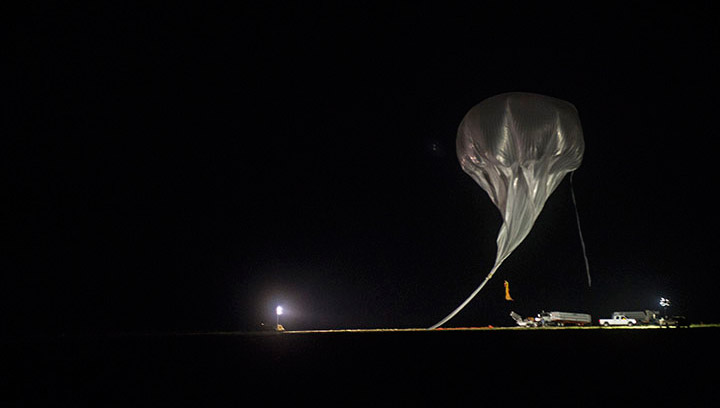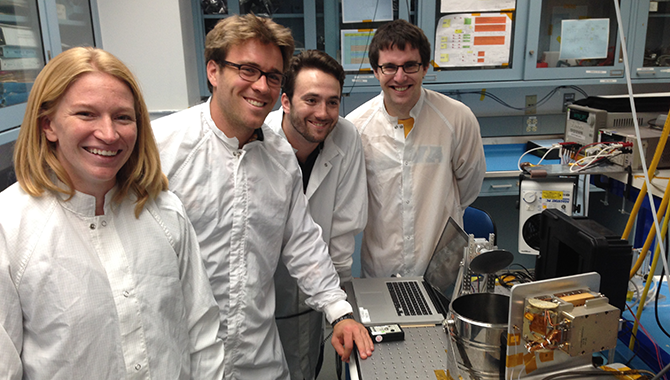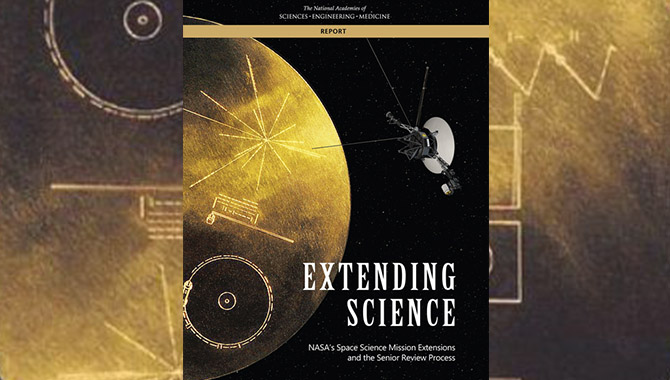
A new report from the National Academies of Sciences, Engineering, and Medicine focuses on enhancing the success of the Space Science Decadal Survey process.
For the past 50 years, NASA and other federal agencies have relied on the Space Science Decadal Surveys produced by the National Research Council (now the National Academies of Sciences, Engineering, and Medicine) to prioritize and guide research. The surveys, which are issued roughly every 10 years, offer credible and unbiased recommendations based on input from relevant scientific communities. Individual decadal surveys are conducted on behalf of different disciplines, such as Earth science and space science, which includes astronomy and astrophysics, planetary science, and solar and space science (also known as heliophysics). The priorities established in the surveys typically inform agency research missions, as permitted by budget. Required mid-point performance assessments determine the agency’s progress in implementing a survey’s recommended program.
The decadal surveys are considered a great success, setting a standard of excellence for identifying and prioritizing science goals across disciplines. Nonetheless, NASA’s Science Mission Directorate (SMD) requested the Space Studies Board (SSB) of the National Academies to conduct a formal review of the decadal survey process in order to evolve the process further by examining lessons learned and best practices from past surveys and identifying optimal approaches going forward. The SSB responded by convening a committee to review lessons learned from recent relevant decadal surveys, examine mid-decade assessment reports, and consider issues raised in a 2012 workshop on lessons learned from the decadal surveys.
The resulting report, The Space Science Decadal Surveys: Lessons Learned and Best Practices, offers recommendations for building upon the success of the decadal survey process, with the goal of helping future surveys overcome common challenges so that NASA and other federal agencies can more easily implement their recommendations.
The report focuses on four key areas: the importance of community consensus, the decadal survey process, the recommended program, and implementation of survey recommendations. Findings cover a range of considerations, from best practices for developing a Statement of Task at the outset of a survey to incorporating the role of international collaboration into recommendations, and culminating in the critical need to maintain stewardship of a recommended program as it is being implemented.
A primary recommendation is to ensure that science drives all survey recommendations. Future surveys are encouraged to begin with a review of “the state of the science” by soliciting in-depth input from relevant science communities. This should include determining how science has evolved since the last decadal survey, which will support efforts to identify key science objectives for the future. The focus of the survey should then be on prioritizing those objectives rather than on how to implement recommendations. Past decadal surveys have at times been overly prescriptive regarding implementation details, which creates challenges for agency project managers when it comes executing the programs. Instead, the report suggests using “reference missions” as proofs of concept while leaving the precise details for how to accomplish the missions to the agencies involved.
A key area of concern in the report is the role of the budget in determining program recommendations. Budget uncertainty often impacts a survey’s capacity to recommend actionable yet affordable programs. This is complicated by a number of issues, including the fact that NASA and other federal agencies are frequently constrained by the Office of Management and Budget (OMB) from discussing budgets. In addition, the decadal survey cannot share its recommendations while the survey process is ongoing, resulting in a two-year “blackout period” in which survey recommendations are not incorporated into budget-related planning. The current report discusses approaches to mitigating these issues, with an emphasis on adopting a two-pronged approach to program recommendations in which some recommendations may be implemented if the budget is higher while others may be more appropriate if the budget is less robust.
The report also examines the Cost and Technical Evaluation (CATE) process. Considered a best practice for forecasting the long-term cost of a program, CATE assesses technical risk and readiness and uses those findings to determine the potential for design growth and schedule threats. While CATE is a critical aspect of the decadal survey process, it can unintentionally drive the process by limiting the number of ideas that are considered. The report suggests using a two-step CATE process that would allow the decadal survey to consider more potential missions initially before conducting a full CATE on those missions that are most likely to become part of a recommended program.
The report notes a number of other issues across the spectrum of the decadal survey process. Focusing at the beginning, the report responds to the question of whether all decadal surveys should follow the same format and structure, concluding that because each discipline has unique concerns and goals, the decadal survey process must be customized by discipline. The report also underscores the fact that to develop optimal science objectives and related programs, all ideas proposed by the science communities must be considered.
At the other end of the process, the report highlights a need for widespread dissemination of survey conclusions to a range of audiences, including science communities, relevant federal agencies, and the public. Finally, in order to ensure the science goals are achieved, the recommended programs must continue to be supported after a survey is released.
The decadal surveys, as conducted for the past 50 years, have been extremely effective. The intention of The Space Science Decadal Surveys: Lessons Learned and Best Practices is to evolve the process in order to help future decadal surveys overcome challenges that can interfere with program implementation. Doing so will ensure NASA can achieve critical science goals to benefit our nation.









